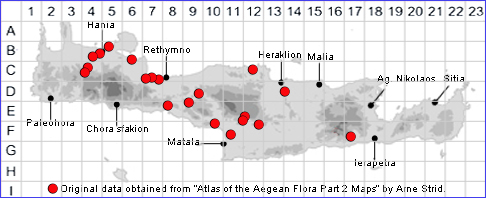SPECIES DESCRIPTION
EPILOBIUM HIRSUTUM
Family and Genus:- See- ONAGRACEAE/Sect. EPILOBIUM
Common Names:- Greater willowherb
Homotypic Synonyms:- Chamaenerion hirsutum, Epilobium hirsutum subsp.
grandiflorum.
Meaning:- Epilobium (L) A name used by Gesner the Swiss physician and
naturalist. to indicate the position of the corolla above the ovary.
Hirsutum (L) Roughly hairy, covered in long hairs.
General description:- Robust, softly hairy, tall perennial.
Stolons:-
1) Hypogeal, fleshy.
Stems:-
1) 50-150 cm tall, erect, robust, moderately branched.
Leaves:-
1) Opposite, sometimes or verticillate, at least below, 2-12 x 0·5-3·5 cm, sessile,
semi-amplexicaul, oblong-lanceolate, shallowly serrate with curved teeth.
Flowers:-
1) In short racemes, actino-morphic.
2) Bright purplish-pink, 15-25 mm, borne in a leafy raceme.
3) Petals, notched.
4) Bracts, leaf-like, alternate.
5) Stigma, distinctly 4-lobed.
Fruit:-
1) Seeds, c. 0.8 mm, obovoid.
Key features:-
1) Leaves opposite or verticillate, at least below, sessile or subsessile, semi-
amplexicaul.
2) Flowers, actino-morphic, the style very rarely deflexed.
3) Stigma, distinctly 4-lobed.
4) Stems, patent-pubescent.
5) Petals, usually more than 10 mm.
Habitat:- Marshes, streambanks, gorges, wet road embankments, ditches in
agricutural areas. 0-1200 m.
Distribution:- Throughout Greece. - A widespread Euro-Siberian species, also
much of Africa. Scattered across Crete mainly central west and west.
Flowering time:- (Apr-)May-Sept.
Photos by:- Steve Lenton

